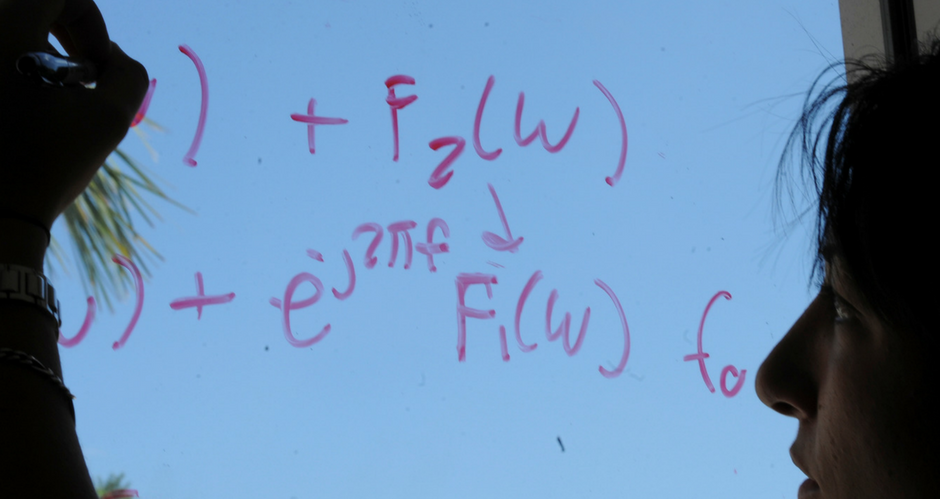Document Type
Article
Publication Title
Mathematics
Abstract
In a classical random walk model, a walker moves through a deterministic d-dimensional integer lattice in one step at a time, without drifting in any direction. In a more advanced setting, a walker randomly moves over a randomly configured (non equidistant) lattice jumping a random number of steps. In some further variants, there is a limited access walker’s moves. That is, the walker’s movements are not available in real time. Instead, the observations are limited to some random epochs resulting in a delayed information about the real-time position of the walker, its escape time, and location outside a bounded subset of the real space. In this case we target the virtual first passage (or escape) time. Thus, unlike standard random walk problems, rather than crossing the boundary, we deal with the walker’s escape location arbitrarily distant from the boundary. In this paper, we give a short historical background on random walk, discuss various directions in the development of random walk theory, and survey most of our results obtained in the last 25–30 years, including the very recent ones dated 2020–21. Among different applications of such random walks, we discuss stock markets, stochastic networks, games, and queueing.
DOI
https://doi.org/10.3390/math9101148
Publication Date
5-2021
Recommended Citation
Dshalalow, J.H.; White, R.T. Current Trends in RandomWalks on Random Lattices. Mathematics 2021, 9, 1148. https://doi.org/10.3390/ math9101148


